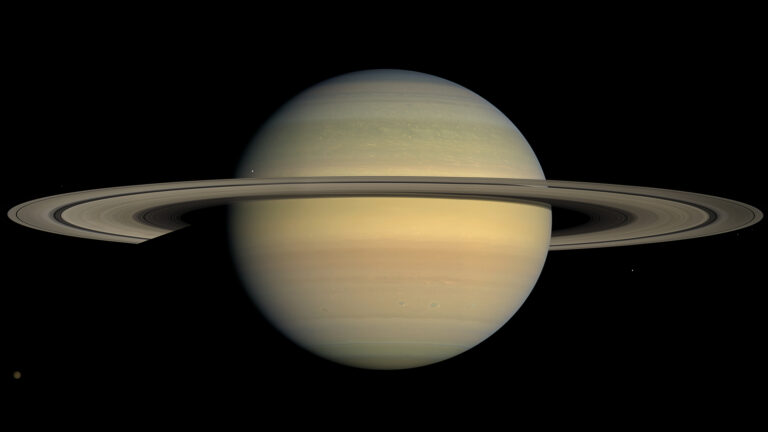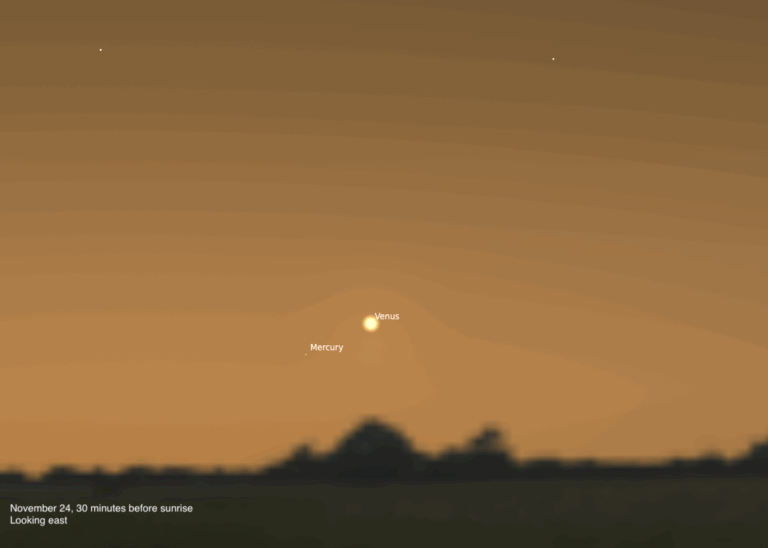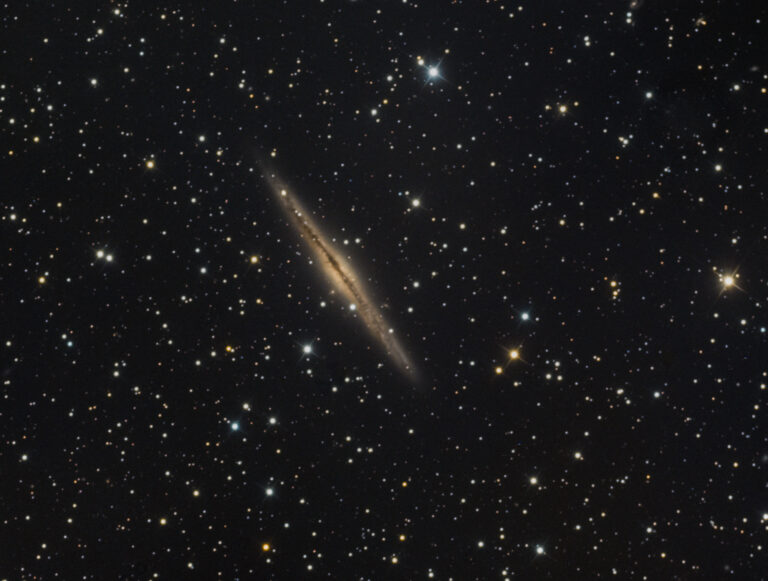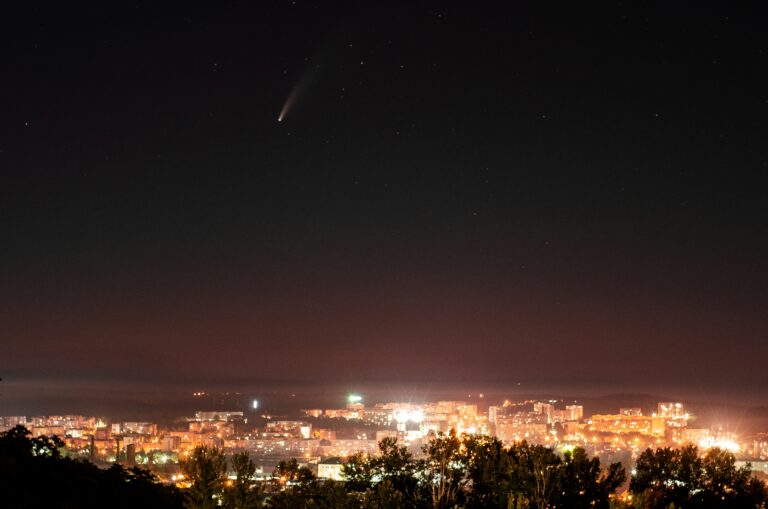
Key Takeaways:
- A sky event on November 2 positions Neptune between Saturn and the Moon.
- Venus is observable in the morning sky, located to the left of Spica (Virgo’s brightest star), approximately one hour before sunrise.
- Through a telescope, Venus displays a 10-arcsecond disk that is 96 percent illuminated, with its magnitude –3.9 significantly outshining Spica's magnitude 1.0, revealing only its thick cloud layer.
- Ephemeris data for 40° N 90° W provides a 6:32 A.M. sunrise, 4:55 P.M. sunset, 3:38 P.M. moonrise, and 4:07 A.M. moonset, with the Moon in a 97% waxing gibbous phase.
Looking for a sky event this week? Check out our full Sky This Week column.
November 2: Neptune nestles between Saturn and the Moon
Let’s catch up with Venus in the morning sky; Earth’s sister planet sits just to the left of Spica, Virgo’s brightest star, as the Maiden rises before dawn this morning.
About an hour before sunrise, the two lights are just over 3° high in the east. Venus is brightest, its magnitude –3.9 glow far outshining magnitude 1.0 Spica. The two will rise higher together as dawn approaches — how long can you follow Spica into the twilight?
As the sky is brightening (but well before sunrise), take a look at Venus through a telescope. Seeing the bright planet against a bright background helps reduce contrast and give a clearer view of its disk, which stretches 10” and is 96 percent lit. You aren’t seeing the surface of Venus through your scope — rather, you’re viewing sunlight reflecting off the planet’s thick blanket of clouds.
Sunrise: 6:32 A.M.
Sunset: 4:55 P.M.
Moonrise: 3:38 P.M.
Moonset: 4:07 A.M.
Moon Phase: Waxing gibbous (97%)
*Times for sunrise, sunset, moonrise, and moonset are given in local time from 40° N 90° W. The Moon’s illumination is given at 10 P.M. local time from the same location.









